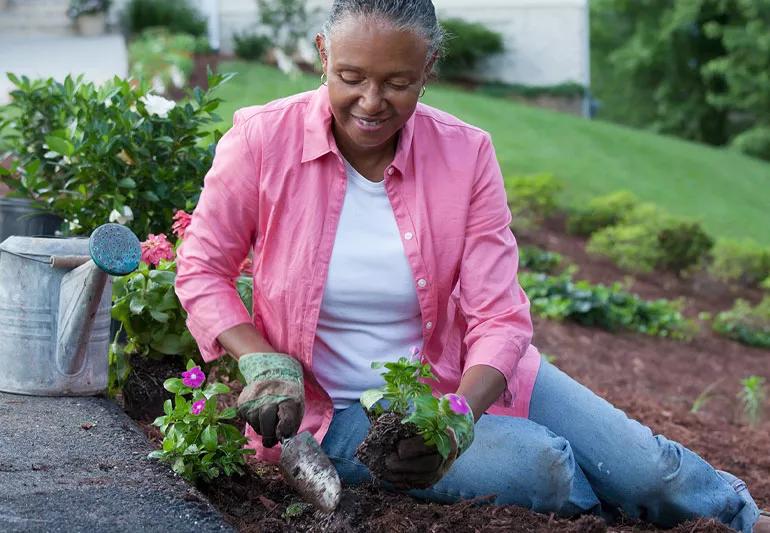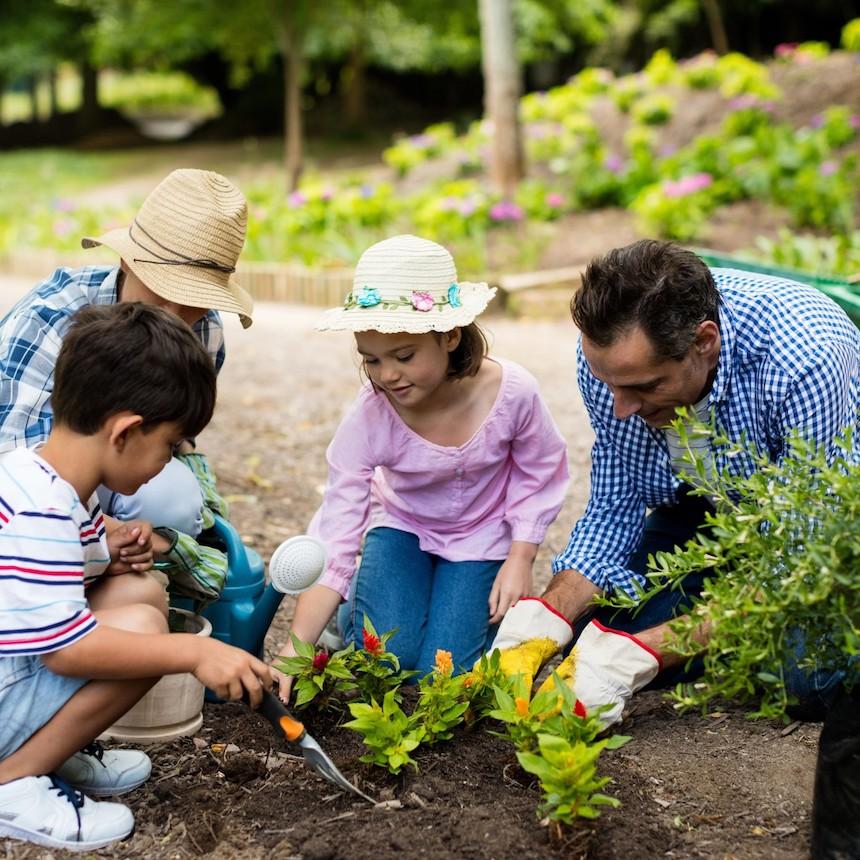Sustainable Gardening Tips: Eco-Friendly Practices for Modern Gardeners
Sustainable Gardening Tips: Eco-Friendly Practices for Modern Gardeners
Blog Article
Professional Gardening Tips for Producing a Sustainable and Eco-Friendly Yard
Starting the trip to create a sustainable and environment-friendly yard includes a series of purposeful choices and techniques that not just improve the beauty of your space however likewise add favorably to the atmosphere. By picking indigenous plants that are appropriate to your area, you can reduce dependence on chemical fertilizers and pesticides while supplying crucial support to regional wildlife. In addition, incorporating water preservation methods and organic horticulture techniques plays an essential role in preserving a healthy ecosystem. To reveal more skilled insights and practical strategies, allow us explore the crucial elements that define an environmentally aware garden.
Choose Native Plants
Picking indigenous plants for your yard is a basic step toward accomplishing sustainability. Native plants are naturally adjusted to the regional climate and dirt conditions, making them a lot more durable to regional insects and illness. This reduces the demand for chemical pesticides and plant foods, therefore reducing environmental effect. Furthermore, indigenous plants usually need less water when established, contributing to more efficient water usage.
Beyond their sensible advantages, native plants play an important role in sustaining regional biodiversity. They provide essential environment and food sources for indigenous wildlife, including pollinators such as , butterflies, and birds. This promotes a balanced ecosystem, which is crucial for the health and wellness of your yard and the surrounding atmosphere.

Implement Water Preservation
Implementing water conservation techniques is essential for maintaining a lasting yard. Effective water usage not just decreases the environmental influence yet additionally makes certain that plants obtain appropriate hydration without waste.
Furthermore, mulching is a beneficial practice for preserving water. By using a layer of organic mulch, such as timber chips or straw, around the base of plants, garden enthusiasts can reduce soil dissipation and keep consistent dampness degrees. Mulch additionally assists regulate dirt temperature level and reduces weed development, additional adding to plant wellness.
Rain harvesting is another lasting method. Installing rain barrels or various other collection systems enables gardeners to keep and capture rainwater, which can later on be used throughout dry durations. This not only preserves local water yet likewise provides an all-natural, chemical-free source for watering.
Lastly, picking drought-tolerant plant species can significantly lower water requirements. These plants are adjusted to flourish in low-water problems, making them perfect for environmentally friendly yards. gardening tips. Carrying out these water conservation techniques will certainly promote a resistant, sustainable yard
Usage Organic Gardening Approaches

Pest monitoring in a natural yard depends on integrated insect management (IPM) strategies. These include motivating valuable pests, making use of all-natural my response killers like ladybugs and lacewings, and applying plant turning to interrupt pest life process. Buddy growing, where specific plants are grown with each other to drive away bugs or draw in helpful bugs, is another effective strategy.
Weed control is handled through mulching and manual removal, as opposed to depending on herbicides. Compost not just suppresses weeds but additionally saves moisture and boosts soil health as it breaks down. Organic mulches, such as straw, wood chips, and leaves, are specifically helpful.
Produce Wild Animals Environments
Creating wild animals habitats within your garden not just enhances biodiversity but additionally supports the community's balance. Deliberately spaces that bring in and maintain local animals, you can create a growing micro-ecosystem that benefits both animals and plants. Beginning by integrating indigenous plants, as these are appropriate to your neighborhood climate and give necessary food and shelter for wild animals. Native vegetation supports an array of bugs, birds, and tiny creatures, adding to the environmental network.
Consider including a water attribute, such as a pond or birdbath, to offer a constant water source. Water components bring in a range of types, from amphibians to pollinators, enhancing the garden's vigor. In addition, mounting birdhouses, bat boxes, and insect resorts provides risk-free nesting websites and urges biodiversity.
Leave some areas of your garden undisturbed, allowing leaf litter and dropped branches to gather. By prioritizing these lasting techniques, your yard can end up being a haven for regional wildlife, promoting ecological wellness and sustainability.
Technique Composting and Mulching
A vital element of lasting gardening, composting and mulching, significantly improves soil wellness and decreases waste. Unlike artificial fertilizers, garden compost enriches the dirt with valuable bacteria and crucial nutrients, promoting a much healthier garden ecological community.
Mulching, on the other hand, visit site includes covering the dirt surface area with not natural or natural materials, such as straw, timber chips, or shredded fallen leaves. This practice uses several advantages: it preserves soil wetness, subdues weed growth, and moderates soil temperature level. Mulch also progressively breaks down, including organic issue to the soil and further enhancing its fertility.
To practice effective composting, ensure your compost heap has an equilibrium of green materials (rich in nitrogen) and brown products (rich in carbon), maintaining appropriate aeration and moisture. gardening tips. Frequently turning the pile accelerates decay. For mulching, apply a 2-3 inch layer around plants, ensuring it does not directly get in touch with stems or trunks to stop rot
Verdict

Selecting indigenous plants for your yard is an essential action toward attaining sustainability.Additionally, incorporating indigenous plants can improve the visual appeal of your garden. These plants are adjusted to thrive in low-water conditions, making them ideal for green gardens. Applying these water conservation techniques will certainly foster a durable, lasting yard.
In conclusion, establishing a environment-friendly and lasting yard entails the critical selection of native plants, the adoption of water conservation strategies, and the execution of organic gardening approaches.
Report this page